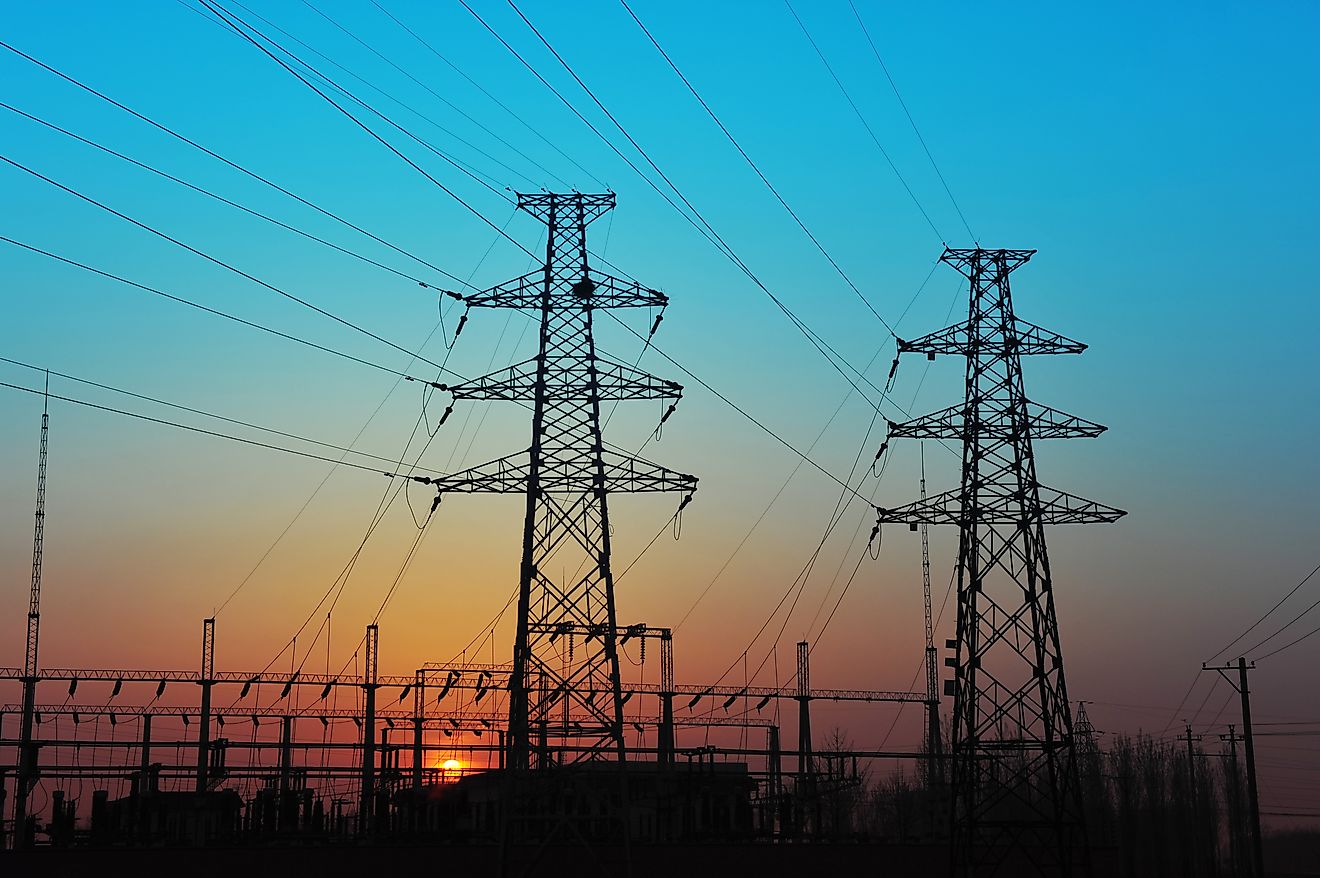Electricity Consumption By Country

The CIA fact book provides a great resource for global electricity consumption league tables. Indeed the power needs of our world are growing, with the fastest growing economies also being the biggest, think the BRIC nations (Brazil, Russia, India and China). The league table shows the most populous countries indeed consume the most electricity, however underneath the data there are interesting compositions to the data revealing the drivers of electricity use, and indeed the sources of this power generation. This has important implications for the future.
China, for example, by a significant margin is the biggest consumer of electricity thanks in part to it’s large population of 1.3Bn. More importantly though, the driver of their consumption shows that almost 70 per cent of it’s electricity is attributed to industry, the highest percentage in the world. In contrast, just 24 per cent of US electricity is used by industry. This highlights that China is a 'factory to the world,’ and thus consumes a disproportionate amount of electricity.
Looking further into the composition shows the potential future trajectory of electricity consumption as China brings millions of people into middle class living. Residential use of electricity contributed 36 per cent of consumption in the USA, in China only 15 per cent of consumption is attributable to residential use. As China’s middle class grows, the biggest consumer of electricity will find it difficult to stay with the following pack on the table. It’s energy security needs will only intensify.
Climate change is an increasingly important issue in energy security, and humanitarian disasters. This is a global issue that is incredibly complex to find the balance between nations at different stages of their development. Electricity sourcing is at the heart of this debate. Despite many parts of the world making efforts to become more reliant on renewable energies, at the core of the debate is still a need for stable base load power at the best price. This has meant that coal, the big offender in dangerous climate changing emissions, still forms the core of global electricity needs, at 40 per cent.
The World Energy Council sees the investment in renewable energy as too slow to avoid catastrophic climate change impacts. Their targets reference 2040, the year they believe global temperatures will have risen by the feared two degrees Celsius from 2000 levels. The council believes that an increase of renewable energy sources to 45 per cent will mitigate the chance of this occurrence, however this would mean a significant increase in the current pace of investment in the renewable sector, at 21 per cent now.
The CIA leader board for electricity consumption provides a reference for a very complex issue that is a global challenge we all face. We take the use of electricity very much for granted, but the changing landscape will demand our attention as to how we consume it and where the power is sourced. This will become particularly acute should developed and developing nations can agree on a way to price emissions, creating the mechanism by which we become very aware via the pricing of electricity sources, and change our view toward a fundamental need we have largely taken for granted
Electricity Consumption By Country
| Rank | Country | Billion Kilowatt Hours |
|---|---|---|
| 1 | China | 4,831 |
| 2 | U.S. | 3,883 |
| 3 | Russia | 1,037 |
| 4 | Japan | 860 |
| 5 | India | 758 |
| 6 | Germany | 583 |
| 7 | Canada | 552 |
| 8 | Brazil | 479 |
| 9 | South Korea | 472 |
| 10 | France | 463 |











